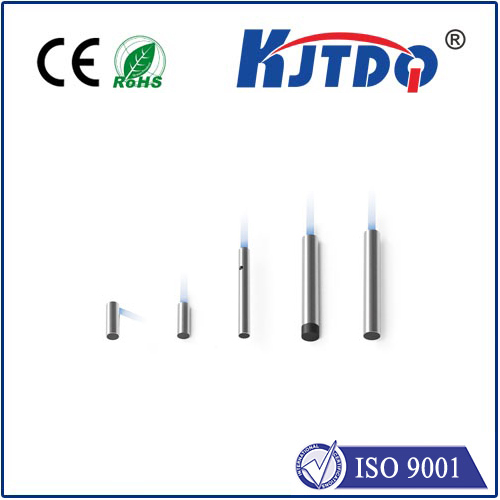
Proximity sensors, also known as proximity switches, represent a remarkable advancement in automation technology that allows for the detection of objects without any physical contact. These devices leverage various principles such as electromagnetic fields, ultrasonic waves, capacitance, or inductance to detect the presence of an object within a specified range. This article delves into the core aspects of proximity sensors, highlighting their technology, advantages, applications, and potential industry growth.
Technology Overview and Working Principle
At its core, a proximity sensor operates by emitting a field—be it magnetic, electric, or electromagnetic—and looking for changes in that field caused by the target object. When an object comes into close proximity, the field is altered, which the sensor detects and converts into an electrical output. There are several types of proximity sensors, including inductive, capacitive, ultrasonic, and霍尔 effect sensors, each suited to different sensing requirements.
Advantages of Proximity Sensors
- No wear and tear: Since proximity sensors do not require mechanical contact with the detected objects, they experience less wear and have longer operational lifetimes compared to mechanical switches.
- High reliability: With fewer moving parts than traditional switches, proximity sensors offer increased reliability and reduced maintenance demands.
- Speed and efficiency: Capable of rapid response times, these sensors are ideal for use in high-speed applications where quick decision-making is crucial.
- Versatility: Suitable for various environments and conditions, proximity sensors can be used in wet, dusty, oily, or other harsh environments without compromising performance.
Applications Across Industries
The non-contact nature of proximity sensors makes them suitable for numerous applications across various sectors. Some notable uses include:
- Automation and Robotics: In conveyor systems and robotic arms, proximity sensors ensure precise control and safe operation by monitoring object presence and positioning.
- Security Systems: Often found in door access controls and alarm systems, these sensors provide a reliable method for triggering security mechanisms without physical touch.
- Industrial Manufacturing: In manufacturing lines, proximity sensors help automate processes and enhance productivity by detecting product placement and ensuring proper alignment.
Industry Growth and Future Prospects
As industries increasingly adopt automation and smart technologies, the demand for proximity sensors is projected to grow significantly. Innovations like the Internet of Things (IoT) and Industry 4.0 are pushing the boundaries of what’s possible, with advanced sensors playing a critical role in connected systems. The development of more robust, energy-efficient, and cost-effective proximity sensors is expected to drive market expansion.
Conclusion
Proximity sensors are transforming the way we interact with technology by enabling seamless and efficient contactless detection solutions. Their myriad advantages make them indispensable in modern industrial and consumer applications. As technology continues to evolve, so too will the capabilities and applications of proximity sensors, paving the way for even smarter and more responsive systems in the future.
相关问答FAQs:
